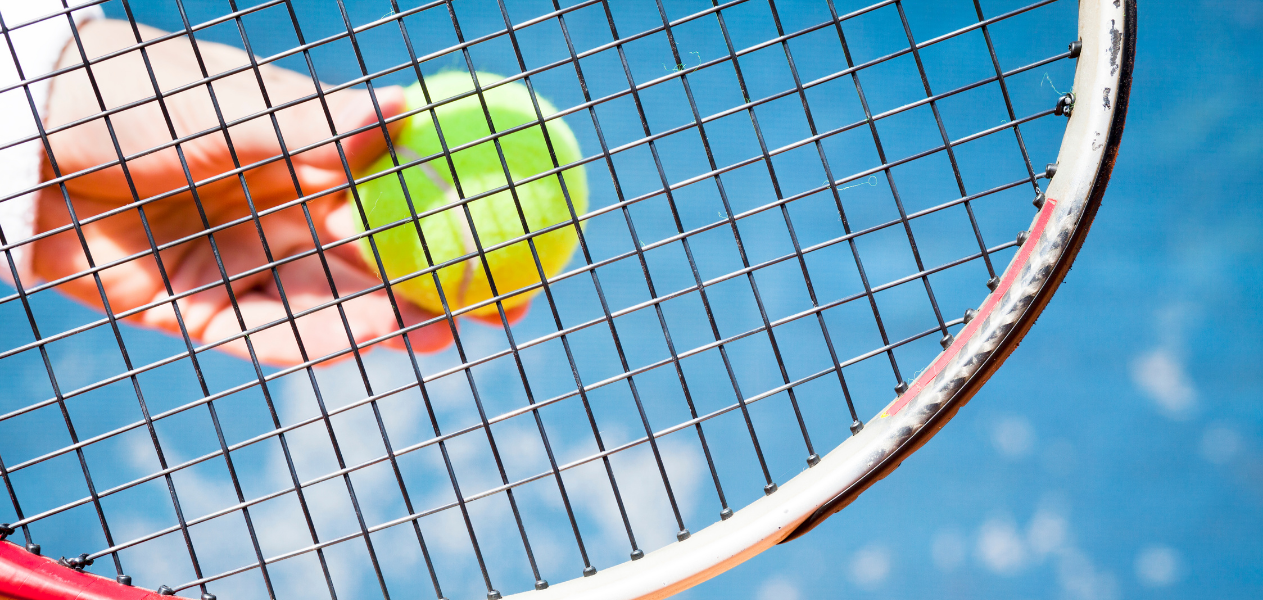It’s that time of the year again when tennis stars from all across the globe flock to Melbourne Park for the opening Grand Slam of the year – the Australian Open. Being the first Slam of the year, the Australian Open or the Happy Slam is always a very competitive event. It helps the players set the tone for the upcoming season.
Here’s a look at the history of the competition.
Origins
Started by the Lawn Tennis Association of Australasia (later, of Australia), the first edition of the Australian Open was staged in November 1905 at the Warehouseman’s Cricket Ground at Albert Park on a grass court. The tournament was initially a joint venture between Australia and New Zealand and was known as the Australasian Championships.
Unlike today, there was no fixed venue and the tournament rotated between Melbourne, Sydney, Brisbane, Perth and Adelaide. New Zealand also got to play host for two editions of the championship, once in Christchurch in 1906 and the other time in Hastings in 1912.
The tournament initially only held only the men’s singles and doubles events. Rodney Heath claimed the inaugural Australian Championships, defeating Dr Albert Curtis in a four-set final while local attractions Randolph Lycett and Tom Tachell combined to win the first doubles title.
It wasn’t until 1922 that the women’s events — singles, doubles and mixed doubles — and a junior boy’s event were added to the schedule. Margaret Molesworth was crowned the maiden women’s champion. The year also marked the introduction of the seeding system.
In the same year, the International Lawn Tennis Association, the predecessor of the International Tennis Federation (ITF), recognised the Australasian Championship in the same footing as those of France, England and the United States. It was therefore recognised as a major tournament, making it the youngest of all the Grand Slams. It was rechristened as the Australian Championship as the tournament was now solely hosted in Australia and New Zealand no longer had an organisational involvement.
From 1924 onwards the championship would rotate between Adelaide, Melbourne and Sydney each year until 1988.
Initially, due to Australia’s geographic remoteness, very few international players travelled to take part in the event. In the 1920s, a ship trip from Europe to Australia took about 45 days. The US Davis Cup players were the first participants to make the long journey in 1946. The problem was not just limited to the foreign players, locals also had trouble travelling within the huge island country as they had to sit through a train journey of 3,000 kilometres to get from Victoria or New South Wales to Perth.
The 57th edition in 1969 saw the event change its name once more to the Australian Open. The change signified the transition from an amateur event to an open event.
Move to Melbourne
Among the three host cities, Melbourne typically attracted the strongest audiences and thus in 1972 the Australian Open moved to a permanent home at Kooyong Lawn Tennis Club. It remained on that site until 1987, when the last Australian Open on grass was contested. A record 140,000 fans attended the tournament that year.
In 1988, the tournament moved to a custom-built tennis complex, on the edge of Melbourne’s central business district, called Flinders Park. The centre court roof – the first of its kind at any tennis venue globally – was its crowning glory as were the sparkling facilities, with a record 244,859 fans attending the first Australian Open staged here. Night tennis became a regular feature, giving rise to many classics that have shaped the tournament’s history. Eight years later in 1996, the venue was renamed to the globally recognisable Melbourne Park.
Change in surface
The move to Flinders Park brought with it a change in court – the tournament abandoned grass and shifted to a hard court, making Wimbledon the only Slam to be contested on grass.
In 2008, the Australian Open transitioned from the murky green cushioned hard surface called Rebound Ace to the cooler Plexicushion hardcourt, bathed in a sea of blue. The fresh, vibrant look of the blue courts — ‘Australian Open True Blue’ — was a winner for contemporising the brand of the Grand Slam of Asia / Pacific. The decision for the change was made after consulting three greats of the game – local star Lleyton Hewitt, Switzerland’s Roger Federer and Russia’s Maria Sharapova.
In 2020, the tournament changed its official court surface supplier to ‘GreenSet Worldwide’ but continued with the traditional blue-colored Plexicushion.
Honouring the legends
On January 16, 2000 the centre court was named the Rod Laver arena to honour the three-time winner of the Australian Open and one of the world’s greatest tennis player. The arena is equipped with a retractable roof that allows matches to continue during wet or extreme hot conditions.
Three years later Margaret Court Arena was dedicated as a tribute to Australia’s most successful female tennis player, who has won a record 11 titles.
Use of Hawkeye and other feats
In 2007, AO became the first Grand Slam to adopt the electronic line review system – Hawkeye, in challenges to line calls, where each tennis player in Rod Laver Arena was allowed two incorrect challenges per set and one additional challenge should a tiebreak be played.
It was also the first Grand Slam tournament to feature indoor play during wet weather or extreme heat with its three primary courts, Rod Laver Arena, John Cain Arena and the refurbished Margaret Court Arena equipped with retractable roofs.
Happy Slam
Why is AO nicknamed the Happy Slam? The answer is simple it’s because it tends to be most players’ favourite Grand Slam. There are many reasons the players enjoy playing here more than the other places but perhaps the primary reason is that the tournament officials really seem to listen to what the players need and want.
And who came up with the lovely name? Well, it was none other than our very own Roger Federer, who first dubbed the Australian Open the “Happy Slam” during a pre-match interview. An excellent spokesperson for the game, the Swiss Maestro found a way to perfectly encapsulate how players feel about the Australian Open in such a snappy nickname that has really seemed to have caught on with all the players and fans.
The timing of the tournament also plays a vital role in the popularity of the event. AO is the first Slam of the season; January is flavoured by resolution and optimism. All players are fresh, unscarred by injuries and results playing in in the sunshine of an Australian summer. They’ve also had a chance to spend time with their families and friends and take a vacation from their demanding profession. They start afresh like the first day of school.
The state-of-the-art facilities and the friendly, laidback Aussie attitude only add to the allure of the tournament.
The fan base has also grown by leaps and bounds supported by the fact that the tournament has made the grounds such an exciting place to be for the spectators.
Once considered the ugly duckling of the four Grand Slams, AO is today the highest attended Grand Slam event in history, having welcomed more than 812,000 people to Melbourne Park in 2020.
Written By
Nikita






Leave a Reply